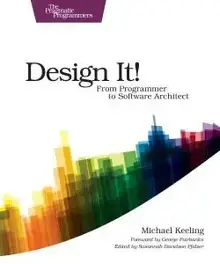Trade-Off
A trade-off in software architecture is a conscious choice that balances competing priorities — like `performance versus maintainability` or `speed to market versus long-term scalability`. By selecting one approach, you gain certain benefits but often sacrifice others. Hence: _'trading off one property for another'_. Recognizing and documenting these decisions ensures that the team understands the rationale behind the chosen path and can adapt if priorities change.
Below is an overview of content that matches the tag "trade-off".
Note that this list is not exhaustive, as it is automatically aggregated based on manually assigned categorizations.
If you notice a missing element, or think some of the items are wrongfully categorized, please create a bug/improvement ticket on our github issue tracker.
Patterns tagged with "Trade-Off"
problem:Badly defined test boundaries can lead to tests that are too broad, too narrow, or too fragile. This results in tests that are difficult to maintain, provide little value, or break easily.
description:Defining test boundaries based on the functionality and responsibilities of a system, rather than its structural or architectural layers, leads to more meaningful, maintainable, and effective tests.
Value-based Impact Analysis
an AMMERSE-based Impact Analysis Algorithm
problem:You want to ensure balanced and well-informed decision-making that aligns with desired (organizational) core values.
description:Apply an AMMERSE-based analysis to evaluate the likely impact of decisions, practices, and techniques on the system under change.
Books tagged with "Trade-Off"
Design It
From Programmer to Software Architect
Keeling, M. (2017) Design It. The Pragmatic Bookshelf. isbn: 1680502093.
Design It follows a fictional project to illustrate how software architects balance stakeholder goals, constraints, and technical options. Michael Keeling mixes facilitation techniques, documentation strategies, and decision records so architects can make their thinking transparent. It serves both aspiring architects and experienced leads who want a modern, collaborative toolkit.


